Australia's hottest spring on record has spawn droughts and intense heatwaves; it has been disastrous for honeybees as their hives are melting whilst temperatures soar.
 The Australian continent is no stranger to drought nor heatwaves, but now it's about feeding 23.4 million people and stoking an insatiable GNP of the 12th largest economy on the globe. Photo from infiniteunknown.net
The Australian continent is no stranger to drought nor heatwaves, but now it's about feeding 23.4 million people and stoking an insatiable GNP of the 12th largest economy on the globe. Photo from infiniteunknown.net
Aussie honeybees generate about $6B per annum for the 12th largest economy on the globe including pollinating almost 70 percent of food crops, cotton for clothing, over $150M in honey sales and potent medicines used in apis therapy for pain relief of rheumatoid arthritis, fibromyalgia and multiple sclerosis.
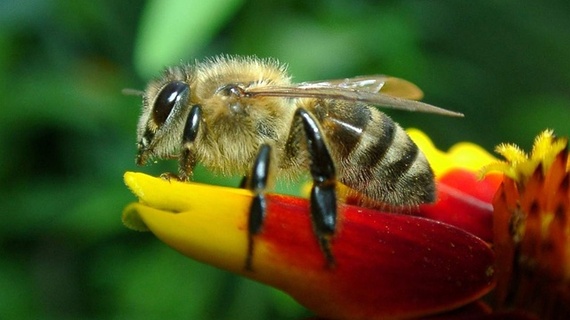
Almost 700 species of Eucalyptus produce fewer flowers during heatwaves. Those eucalypt flowers are vital for the health and well being for over 1,600 kinds of wild Australian bees and the domesticated honeybees. In a normal year Eucalyptus is a major nectar contributor toward 30,000 metric tons of honey or enough to feed the Australian nation of 23.4 million people, annually.
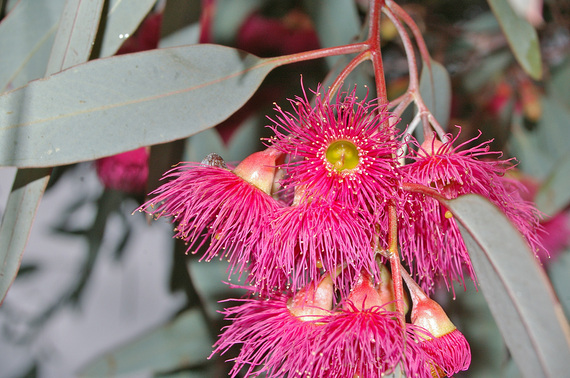
Plants have responded to the stifling heatwaves this summer (2014) across the Australian continent by substantially lowering nectar production. Bees require nectar to make honey -- their only food source.
Aussie honeybees are also contending with another crisis this summer as climate disruption has their colonies operating in an emergency mode. Bees store their honey in honeycomb cells made of beeswax, which is now melting because daytime temperatures regularly exceed 95 degrees F.
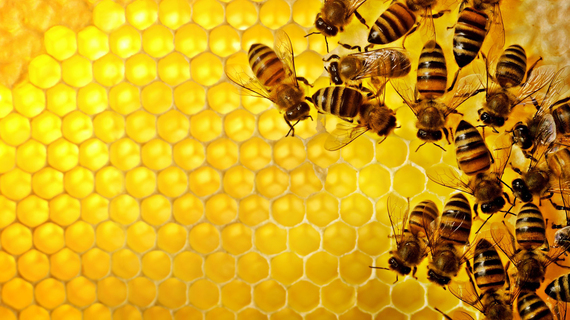
So now instead of searching far and wide for flowers to harvest nectar to turn into honey or collect protein-rich pollen to feed the larvae or performing their role as pollinators, the honeybees are spending the lion's share of each day from 10AM to 7PM searching exclusively for fresh water to cool down their hives.

Forager bees pass loads of water to receiver bees who in turn tongue-lash the water onto developing eggs and honeycomb. This reduces the temperature of the beeswax and safeguard their stored honey, while the nurse bees fan their wings at 24,500 beats a minute to help cool down the colony. Other worker bees hover just outside the nest fanning their wings creating a constant flow of oxygen-rich air throughout the colony. Working in concert the beehive has devised an ingenious evaporative cooling system enabling them to survive heatwaves.
This, however, requires a constant source of fresh water and honey or beekeepers to provide a honey substitute such as corn syrup. It's the increased frequency of the heatwaves within each year and, year after year, that are now taking a brutal toll on the normally prodigious honeybees and their cities of up to 100,000 colonists.
For instance, the intense 2013 spring and early summer heatwaves caused the state of Victoria its worst honey season in 50 years of continuous record keeping. "Feeding bees in the middle of the summer is just about unheard of (in Australia)," said Ken Gell of the Central Victorian Apiarist Group. The vicious heatwaves have return with vengeance this summer (2014) and its costing beekeepers millions of dollars to feed the bees.
It's not just the lack of honey that is now a concern, but rather it's the overall health of bees that's at risk. Scientists know that searing temperatures in the springtime also cause sterile pollen in many plants like almonds, plums, kiwi's and cherries. Sterile pollen has no protein. Bees collect pollen because it's of paramount importance for building young bee brains and ensuring strong autoimmune systems. Without protein for larvae those adult bees become unfit, highly susceptible to a wide array of diseases and lethal insecticides like neonicotinoids, which killed 500 billion honeybees over the past 6 years, globally.
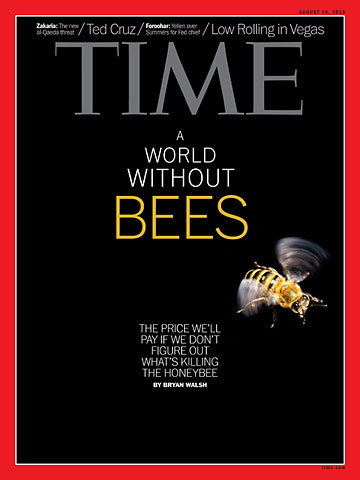
Experts now predict that Australia's 2014 honey production will be halved. This poses a series of complicated problems for the processed food industry including consumer products like muesli bars, breads, cakes, pies, sauces and beverages (and many more) that rely upon Aussie honey as their backbone ingredient.
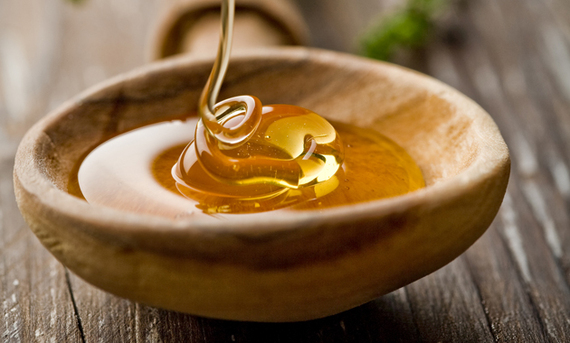
China is the world's biggest honey producer and it will supply Australia with honey. China, however, uses many banned chemicals and faux honey syrups so Australian Customs and Border Protection Service will be faced with additional costs of thoroughly examining and testing thousands of tons of imported honey. India and Malaysia are other honey exporting nations vying to supply Australia. This much we know about climate disruption: The price of Australian food is set to rise, again.
It would be prudent for Australian's to scrutinize all processed foods labels, foreign honey will be used when the following wording appears: "Made in Australia from local honey and imported ingredients."
There's a lot more at stake here than just processed foods. Australia's commercial bees are vividly showing scientists the knock-on effect from climate disruption. The occurrence and frequency of heatwaves and droughts are predicted to double, globally; therefore we can expect more bees unable to make honey, and pollinate plants including most of our food crops.
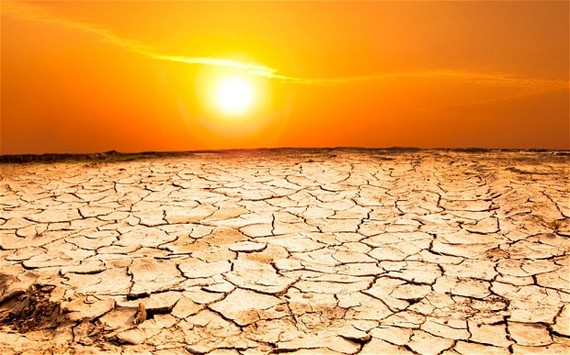 Humans are exceptional problem solvers and exquisite tool makers. It is clearly time that we heed the warnings from our partners the honeybees and plan very carefully for a drier future fraught with more heatwaves. Photo from huffingtonpost.com.
Humans are exceptional problem solvers and exquisite tool makers. It is clearly time that we heed the warnings from our partners the honeybees and plan very carefully for a drier future fraught with more heatwaves. Photo from huffingtonpost.com.
Climate disruption and billions of dying bees are a deadly concoction -- global food security is in dire jeopardy.
Earth Dr Reese Halter is a broadcaster, biologist, educator and author of The Incomparable Honeybee and The Economics of Pollination.
